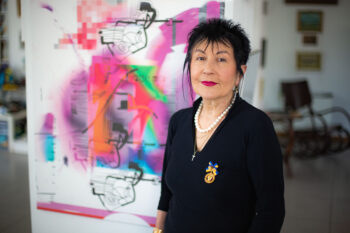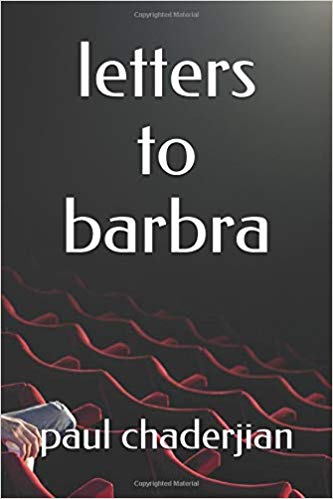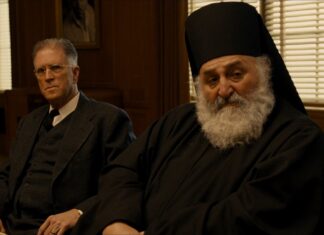By Kay Mouradian
Who is Barbra? And what is the significance of this girl…or woman?
Within the first few pages I learn she is Barbra Streisand, the famed American singer and the writer is a 9-year-old Armenian boy, Adam Terzian, who lives in Beirut. He is in constant fear that the falling bombs from the 1975 civil war will maim him or maybe even kill him like his young neighbor who died when one of those bombs exploded and burst his school bus into little pieces. In his first letter to Barbra, Adam asks her, “Can you stop the war before I die?” Writing to Barbra and listening to Barbra’s music becomes Adam’s escape from that horrific time.
Adam’s father decides they must leave war-torn Beirut. He has relatives in America, but American visas take time, and four years later Adam finds himself in Fresno. He has difficulty adjusting to his new world. He tells Barbra he misses his father still in Beirut selling the family business and arrives in Fresno two years later. Finally! But the trauma of the war affects Adam’s outlook for the rest of his life.
The story line follows Adam from Beirut to Fresno, to the University of Southern California (USC), to Hollywood, Armenia and the Middle East as he becomes a film director and a journalist. Adam loves words and loves the magic of writing, but the trauma from his young Beirut life never leaves him.
By the time he enters USC, every world tragedy affects him as if it were his own and he asks WHY? Then, in Armenia for his first time, the pain of the Armenian Genocide overwhelms him and he reflects on the huge loss of Armenian humankind and the loss of the country of Western Armenia. His own Armenian grandparents had been forced from their homeland, never to see it again. Adam keeps his pain inside, but always “talks” to Barbra as he pens words onto paper – his therapeutic release.








